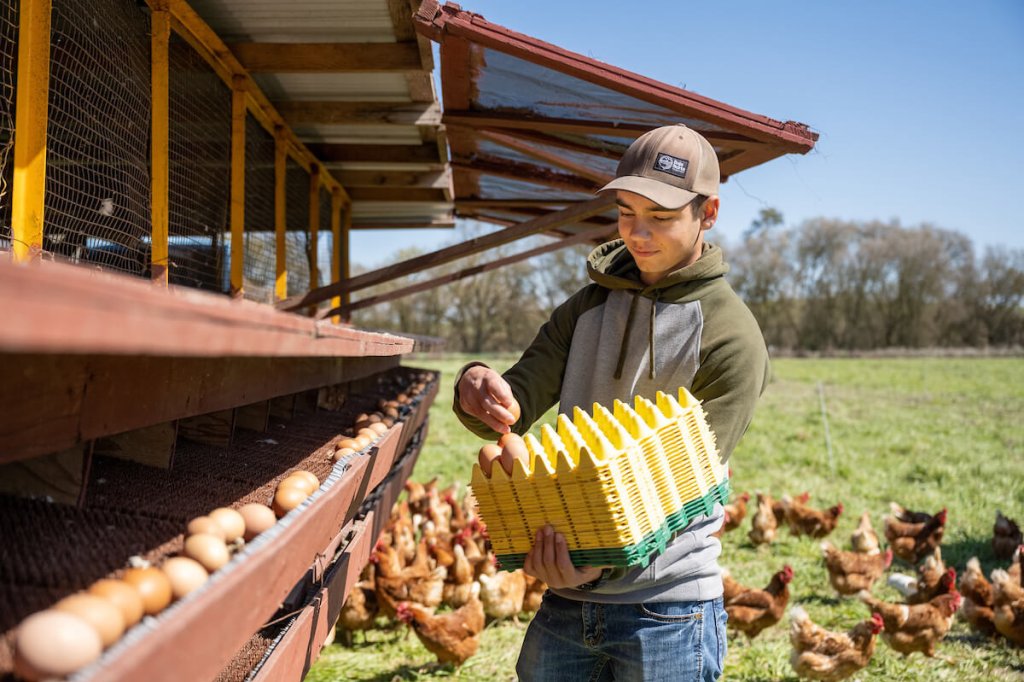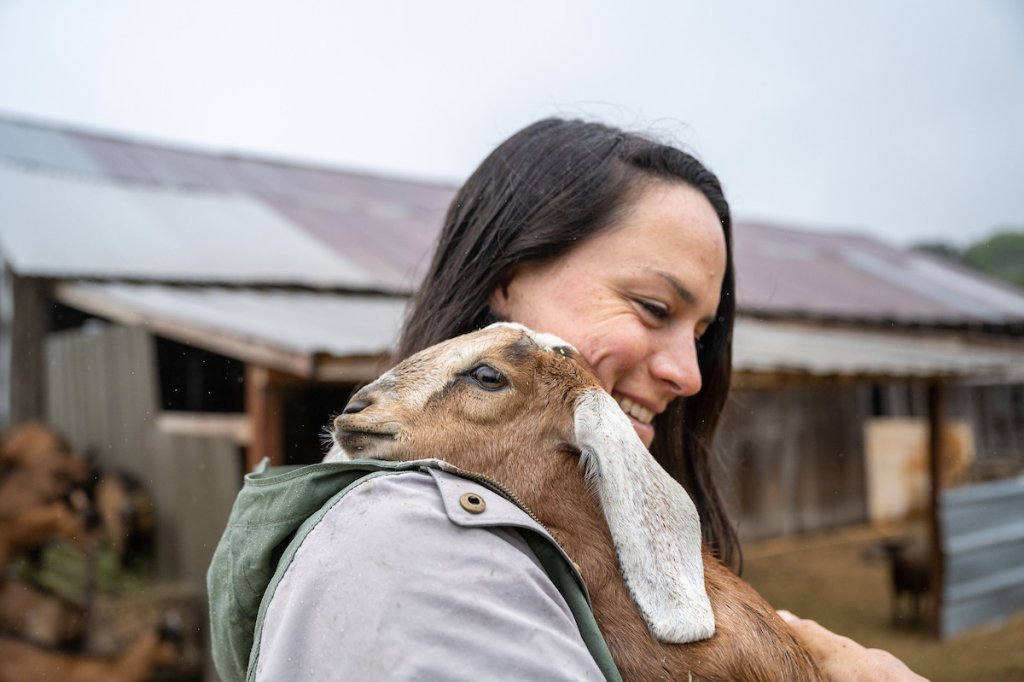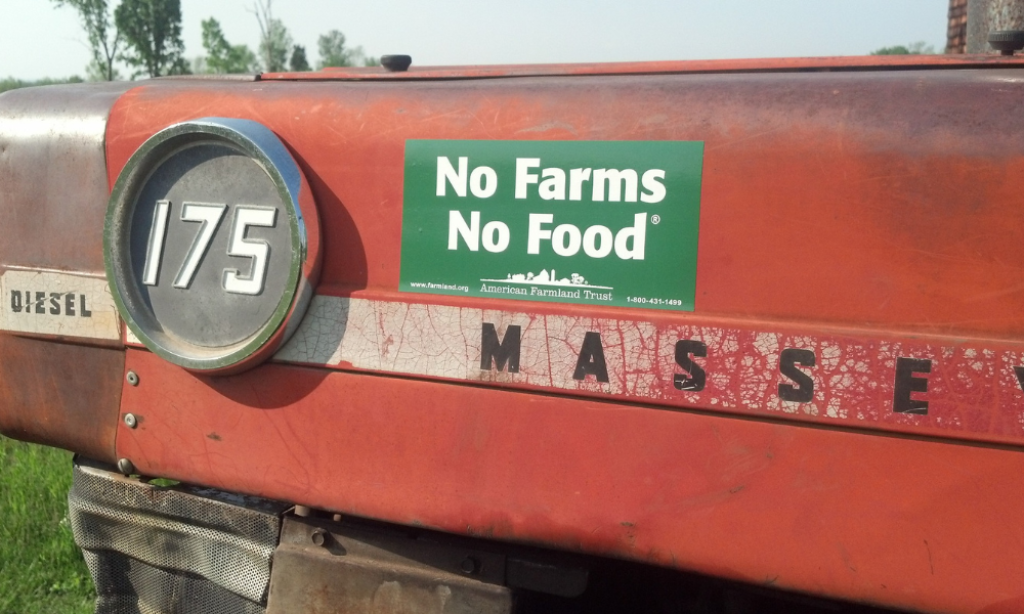In Illinois, for years, we have been working with strong partnerships, like the Illinois Sustainable Ag Partnership, and connecting farmers to the technical expertise and financial resources they need to put in place practices that reduce pollution in waterways, improve soil health and water quality, and increase farm field productivity.
This work has not only contributed towards meeting the state’s nutrient loss reduction goals. It has also bolstered the bottom line for farmers on some of the most critical and productive cropland across the country.
We recognize that the challenges facing the state of Illinois and the Midwest agriculture region are serious. We are not on track to meet our nutrient loss reduction goals, and regenerative practices, like cover crops and no-till, need to be expanded on many more acres. Farmland that is important to communities and the integrity of the landscape continues to be lost across the state. Climate change and increasingly extreme weather events threaten productivity and the resilience of the state’s farming economy.
Despite these challenges, there are many opportunities to advance important work on Illinois farmland. Through our efforts in farming communities across the state, we have seen a readiness to address these concerns and advance long–lasting, innovative solutions that have widespread benefits.
This demand is best best demonstrated through farmer interest in participating in programs like the Fall Covers for Spring Savings Cover Crop Premium Discount Program, which in the three years since it has been offered by the Illinois Department of Agriculture has been fully utilized and oversubscribed. AFT and partners doubled the original funding of the FCSS program to $600,000, or 100,000 acres, into the IDOA budget for crop year 2022. More than 500 farmers applied in 2020, and over 750 applied in 2021, demonstrating the increasing popularity of the FCSS program. In addition to the state incentive, 600,000 FSA certified cover crop acres were eligible for an additional crop insurance discount. This acreage received an additional $5/acre through the USDA Pandemic Relief Program.






